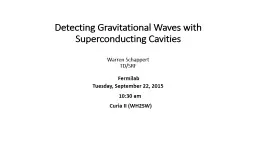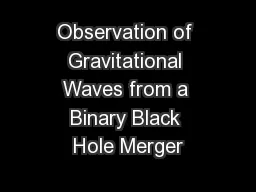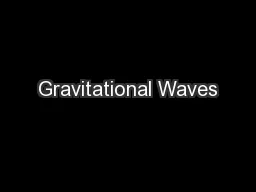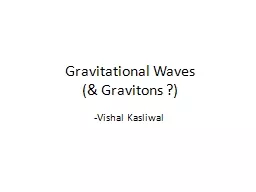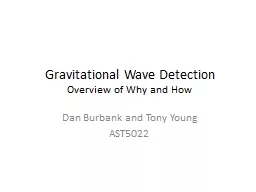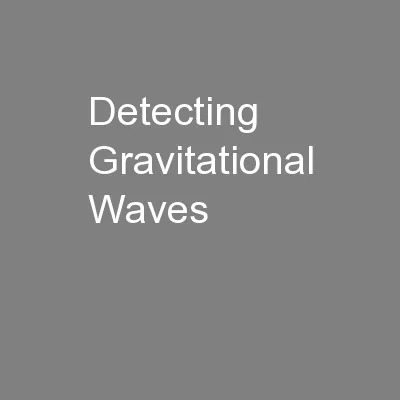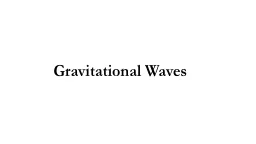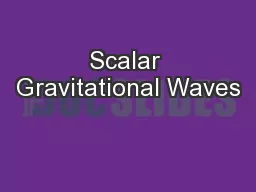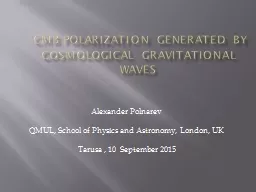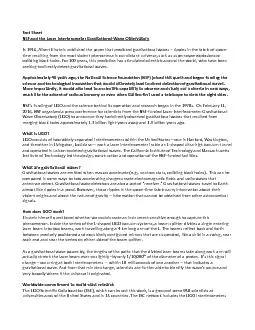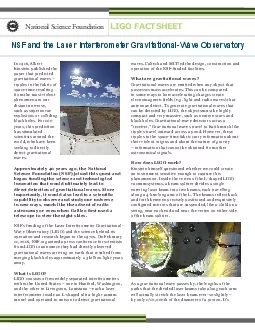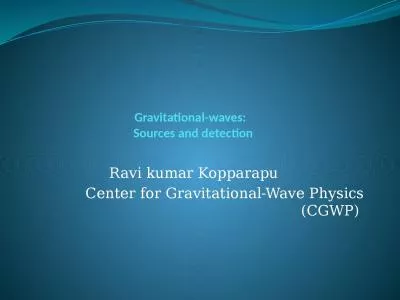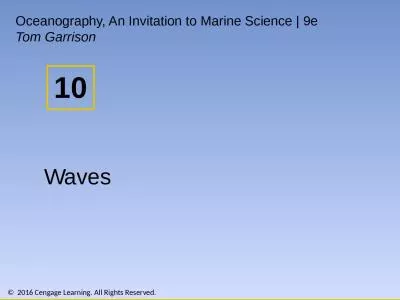PPT-Detecting Gravitational Waves with Superconducting Cavities
Author : giovanna-bartolotta | Published Date : 2018-11-02
Warren Schappert TDSRF Fermilab Tuesday September 22 2015 1030 am Curia II WH2SW Laser Vibrometry for ILC Cryomodules In 2007 the TDIampC department
Presentation Embed Code
Download Presentation
Download Presentation The PPT/PDF document "Detecting Gravitational Waves with Super..." is the property of its rightful owner. Permission is granted to download and print the materials on this website for personal, non-commercial use only, and to display it on your personal computer provided you do not modify the materials and that you retain all copyright notices contained in the materials. By downloading content from our website, you accept the terms of this agreement.
Detecting Gravitational Waves with Superconducting Cavities: Transcript
Download Rules Of Document
"Detecting Gravitational Waves with Superconducting Cavities"The content belongs to its owner. You may download and print it for personal use, without modification, and keep all copyright notices. By downloading, you agree to these terms.
Related Documents

